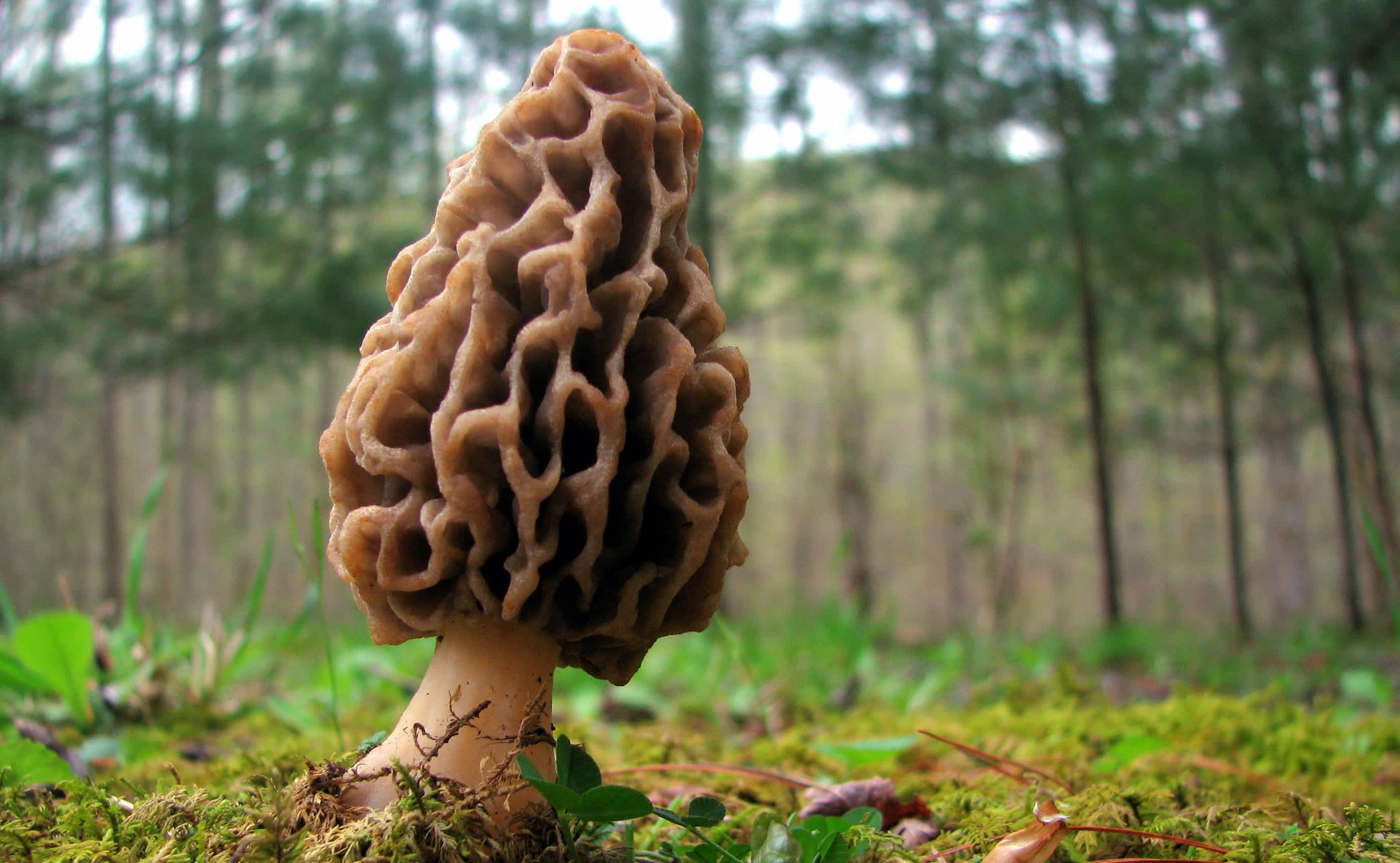Foraging Made Easy with These 5 Wild Edibles
OutdoorHub 04.15.16

Whether it is as a hunter, fisherman, or simply someone who enjoys time spent in the great outdoors, there are a few tricks we should all have up our sleeves. During any kind of extended jaunt into the wilderness, there is a hope that your excursion will go off without a hitch yet it is also necessary to keep in mind that things can and do go wrong. Whether you find yourself faced with the prospect of spending an extended amount of time in the woods or you simply want to take advantage of nature’s bounty to help your budget, foraging is a useful skill to have.
There are many food items occurring naturally on which you can feast. Our ancestors foraged to survive and there are plenty of appetizing reasons for us to do the same. All it takes is establishing some guidelines as to how and where you’d like to forage, then deciding what you’ll be seeking. The availability of foraged items will vary based on season and climate, but here are five wild edibles that are easily found and relatively safe to consume even for beginning foragers.
Morels

Wild mushrooms can be difficult to tell apart, making eating them bit of a risky idea, but the morel is generally easy to identify and tastes delicious as well. April is morel season and these mushrooms tend to make their appearance after a warm rain. To identify a safe to eat morel, check for a cap that is attached to the stem. They should also be hollow from bottom to top. Take care not to accidentally harvest a false morel in your foraging attempts as this species of mushroom is poisonous. False morels are wrinkled as opposed to pitted and have fibers within the stem.
Cattails

Another good year-round foraging option in areas with accessible water is cattails. Cattails can be grasped by hand near to the base and pulled up quite easily, but it is especially important to gather yours in a clean area as they experience bioaccumulation and therefore are prone to absorbing chemicals present in their environment. There are two parts of the cattail that are good for consumption; one is the rhizome, or the underground lateral stem that can be accessed when the plant is pulled from the ground, and the other is the stalk which is accessed by peeling layers away until the center portion is reached. If you pull what appears to be a cattail and find a seed pod instead of a rhizome, do not consume this as you have gathered a toxic iris.
Blackberries

If something sweet is what you’re craving while you forage, your palate can easily be pleased by blackberries. Safe for human consumption and easy to recognize, blackberries are more of a late summer harvest as that is when they ripen. It is necessary to avoid thorns when gathering blackberries, but once they are in your possession, they make an excellent snack with or without the accompaniment of other food items.
Dandelion

Despite being seen by many as a mere weed, the dandelion is actually very beneficial from a forager’s standpoint. Not only are they plentiful in most areas throughout the year, they are versatile as well. Dandelions can be used in tea, soup, salads, and more according to what appeals to you. As an added bonus, they are loaded with vitamins and minerals, plus every part of the plant is useful so you can grab the whole thing and be on your way.
Hazelnuts

Should you be up for rising to the challenge that is competition with squirrels, hazelnuts are another enjoyable foraging option. Since they are popular amongst wildlife, you will have to set aside the image in your head of a nice, brown hazelnut and instead set out after a green, less mature version. Don’t let this deter you as once you crack a green hazelnut open, the contents are appetizing both in a raw state or roasted should your foraging schedule permit such preparations.
With a little advance planning and perhaps some luck thrown in for good measure, your foraging attempts can be successful regardless of the circumstances driving the effort. Remember to start small with what you consume so your body has time to adjust and always avoid areas where chemical pollutants may be present. Equally important is to get acquainted with the wild edibles you are seeking so you can recognize them with certainty as imposters can be deadly. Most of all, get out there and have fun! After all, following in the footsteps of your ancestors and involving the whole family in foraging activities can ultimately pay off in more ways than one.

